When developing the first RAV4, designers followed specific goals to stay true to the original vision, first expressed by the RAV-FOUR concept car at the 1989 Tokyo Motor Show. The new model should provide generous space in a compact, sporty, and distinctive body design. This new type of vehicle placed the driver in a higher position, allowing for greater visibility on the road, thus creating a more confident and safe driving experience.
Off-road capabilities must be combined with on-road performance and comfort, while simultaneously meeting the highest standards of safety and environmental performance. Based on these principles, the RAV4 reinvented itself and the recreational SUV segment over five generations to date, constantly evolving to anticipate changes in customer preferences.
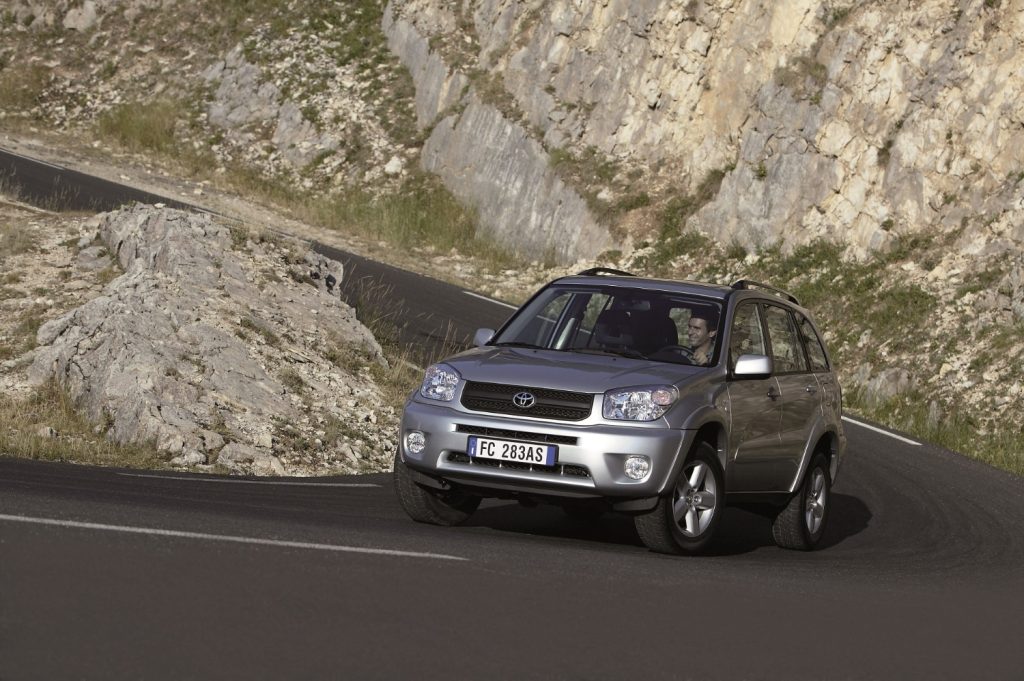
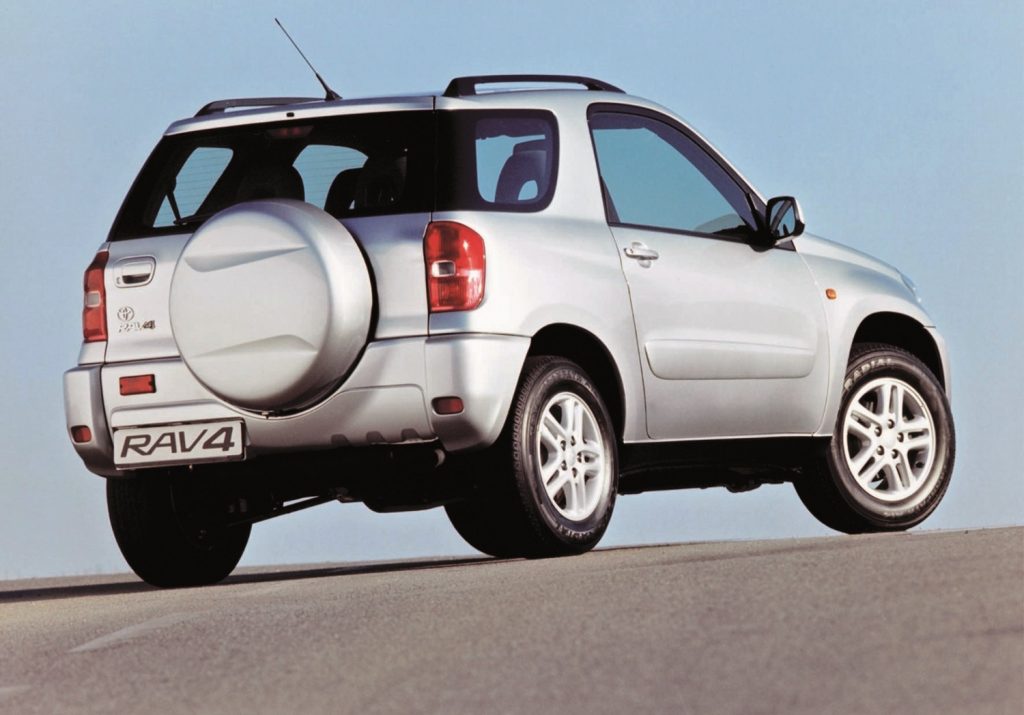
Innovation has been at the core of its development over the past three decades, highlighted by the early adoption of electrification and efficient powertrains. As early as 1997, the RAV4 expressed Toyota’s commitment to exploring new technologies to reduce environmental impact when a 100% electric version was made available in selected markets.
Since then, the RAV4 has seen the introduction of Toyota’s class-leading hybrid technology (HEV) in the SUV segment with the third generation in 2016, complementing the existing range of efficient petrol and diesel engines. A plug-in hybrid (PHEV) joined the lineup in 2020, emphasizing Toyota’s multi-technological approach on the path to carbon neutrality, which is committed to offering a range of powertrains suited to the specific needs of customers, market conditions, and local infrastructures.
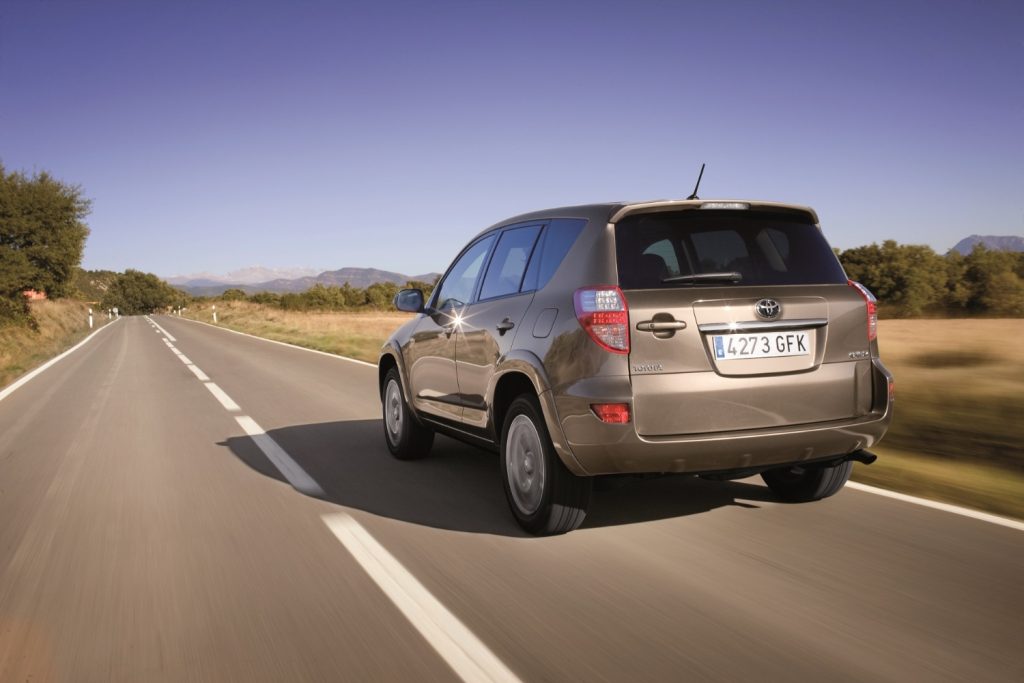
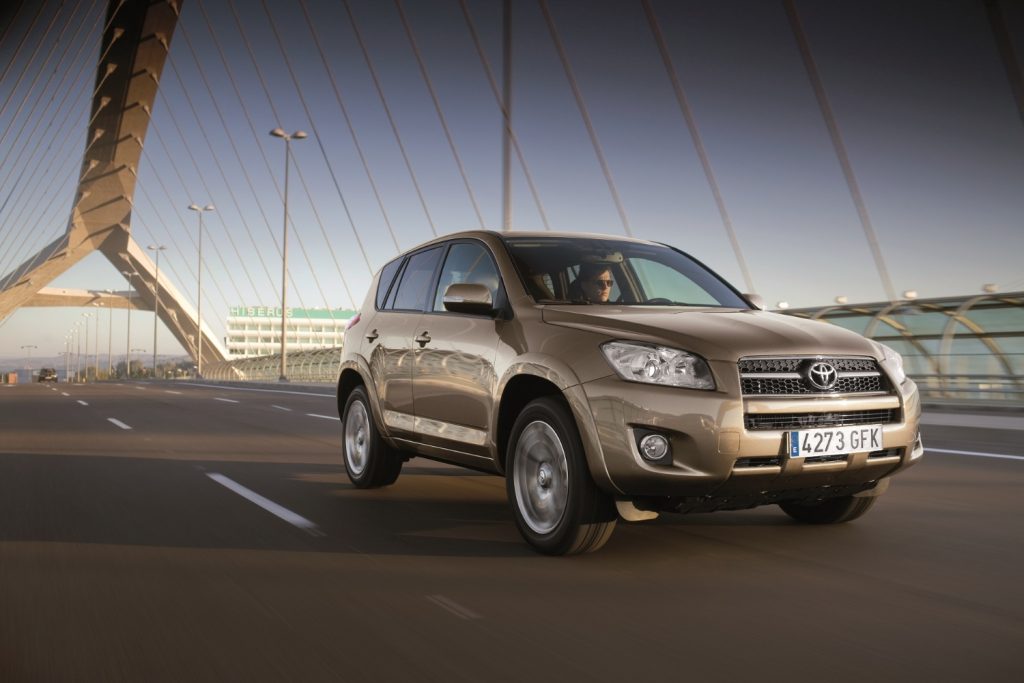
Electrification has helped to further improve the driving experience of the RAV4, adding the calm serenity of the hybrid, as well as the additional performance of increasingly powerful engines for even more responsive acceleration. However, through innovative use of new platforms and suspension, Toyota has created a more confident, stable, and rewarding driving experience with each generation.
Progress over the past 30 years has gone beyond performance and efficiency, also improving practicality. The generous boot capacity – when the rear seats are in use or folded down for extra space – makes the RAV4 a capable partner, while an increasingly spacious and welcoming interior has been enhanced with the latest onboard multimedia systems with each generation.
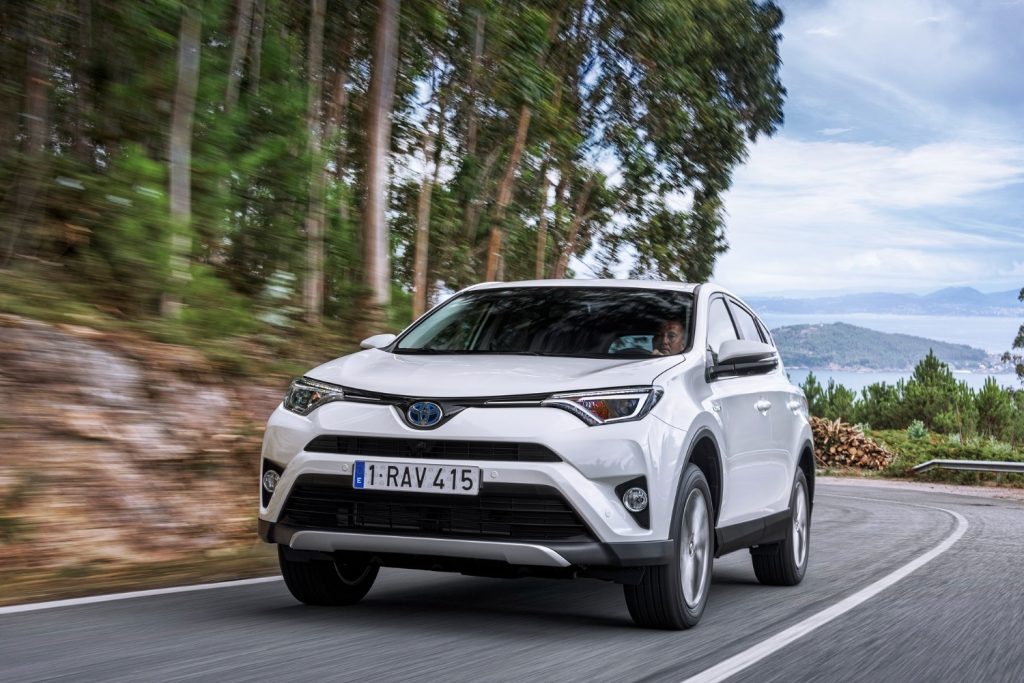
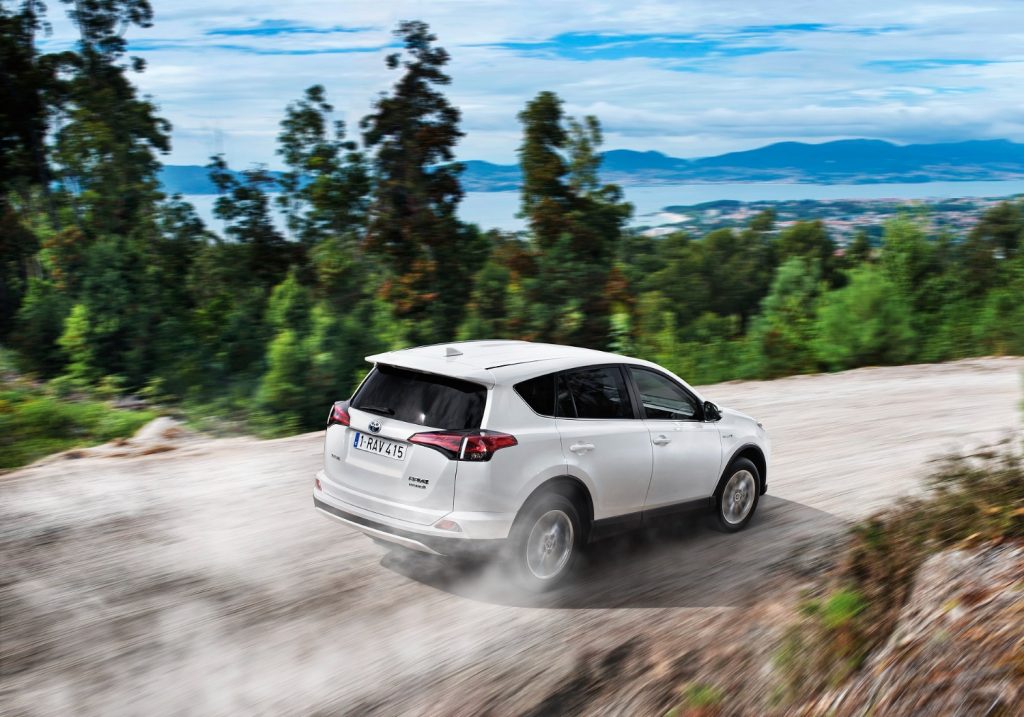
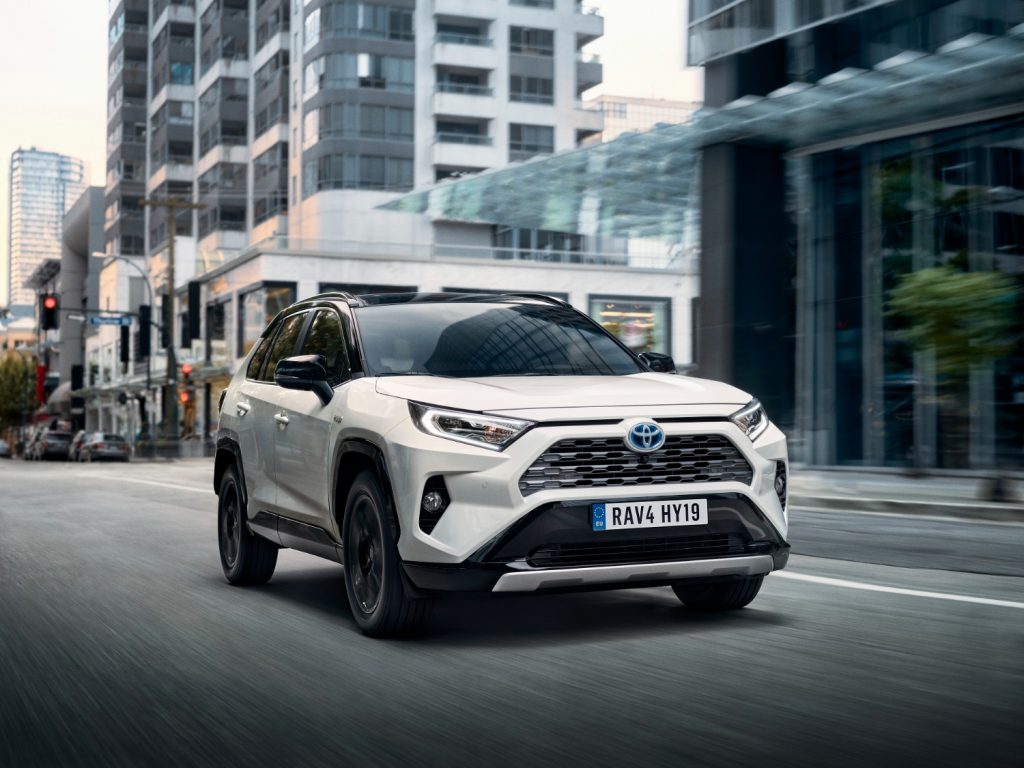
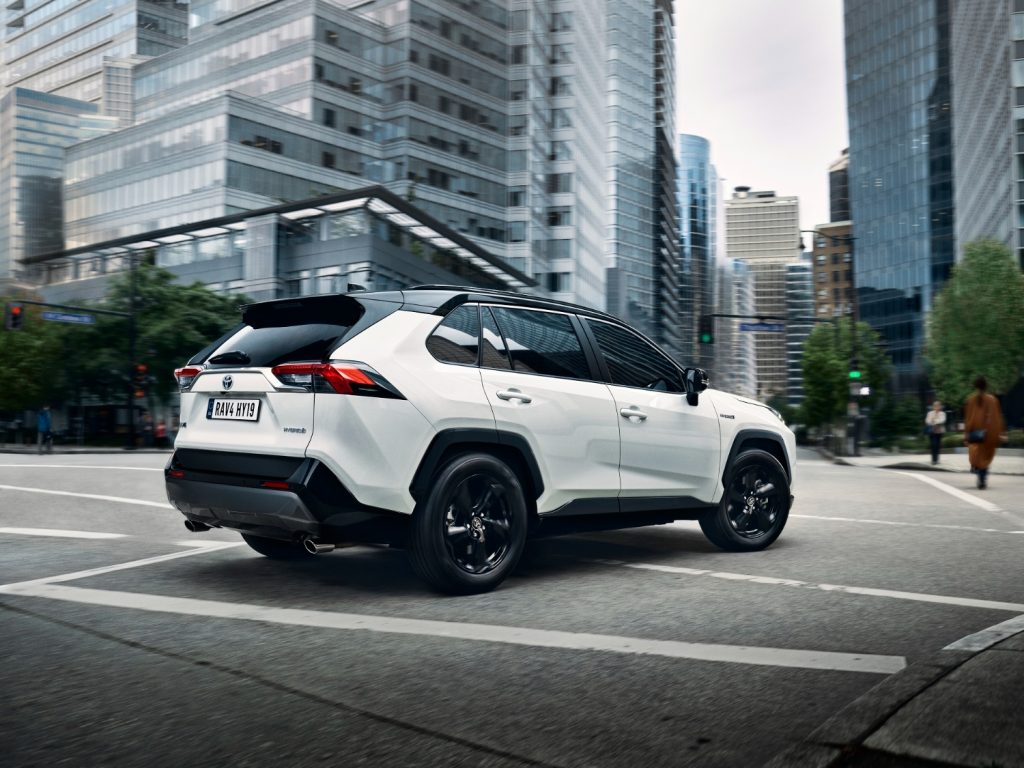
The electrified powertrains with the brand’s hybrid technology (hybrids or plug-in hybrids) now represent an impressive 91% of sales of the new RAV4 in Europe, where the largest markets are France, Italy, Poland, Spain, and the United Kingdom.
In Portugal, since its launch in Portugal, more than seven thousand units of the iconic SUV have been sold. The RAV4 in Portugal is a strong reference in the segment. In the current generation, with the launch in 2021 of the Plug-in Hybrid version (the second Toyota model after the Prius), it jumped to the top of sales in the D-SUV hybrid Plug-in segment, a position it has maintained to this day, being consecutively in 2021/2022 and 2023 the best-selling D-SUV plug-in model in Portugal.







